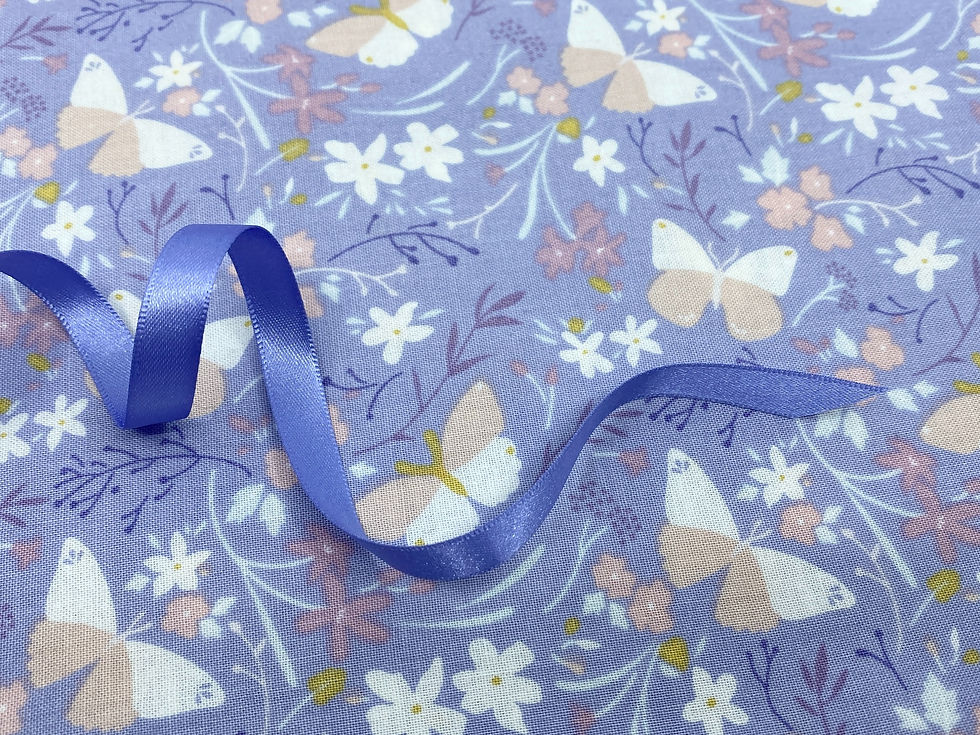What do the terms ' Hero,' ' Secondary,' 'Co-ordinates' and ' Blenders' mean in a fabric collection?
- Cassandra Connolly
- Feb 16, 2022
- 2 min read
Updated: Feb 17, 2022
When designing or working with fabrics you may often hear the terms, 'Hero' print, 'Secondary' print, 'Co-ordinates' or 'Blenders' used a lot. These are the names given to different types of fabrics depending on how they look and their role within a collection or group of designs. Fabric collections can vary massively in size, however typically there will only ever be one 'Hero print' although this could be repeated in different colour ways. Each fabric or element helps to tell a story and create an overall cohesive look whether you are grouping the fabrics for a quilt or designing them to work together in a collection.
What is a ' Hero' Print?
A 'Hero' or 'Key' print is a term used to describe the main design in a fabric collection. Often the most complex, it is the print which all other designs in the collection will compliment. The 'Hero' print will usually contain the most complex motifs or pattern repeat to tell the story of your collection. Generally the most colourful, this print will usually contain all of the colours in your palette, with other designs being more complementary and pulling out limited colours from this print to help it stand out.

What is a ' Secondary' Print?
Your 'Secondary' print should compliment your 'Hero' print but not distract from it. Usually these designs are still fairly busy but elements and motifs should be less complex than your key design. There are normally quite a few colours in this design too, although it may appear reduced when placed next to the 'Hero' print.

What is a 'Co-ordinate?'
I like to think of a 'Co-ordinate' as a bridge between a 'Blender' and a 'Secondary' print. Often these designs are lumped in with 'Blenders' as motifs are much smaller than in the 'Hero' or 'Secondary' prints and colour palettes are simplified. Again the elements in these designs usually will be taken from your key design but reproduced in a limited repeat.

What is a ' Blender?'
Typically these fabrics have very small motifs, usually under an inch in size or are textured. Normally non-directional (you can cut them without having to follow a linear pattern) these fabrics act as the 'glue' in a quilt and bring all of the other designs and elements together. They can act as a solid, helping you to create a visual contrast while complimenting the rest of the collection. 'Blender' colours tend to be very limited, often tone-on tone which helps to blend all the components of your quilt.

When designing (whether a fabric collection, or a quilt) I like to start with the 'Hero' print. This sets the tone for the project and tells the largest part of the story. Once you've designed or decided on your key print, you will then already have a colour palette and theme which you can pull different elements and colours from. I tend to design or choose 'Blenders' which contain accent colours. These can be found in small amounts throughout the collection to help the designs pop. Most importantly the designs should all sit cohesively and work well together.
I hope you've found these explanations helpful. Happy fabric shopping!




Comments